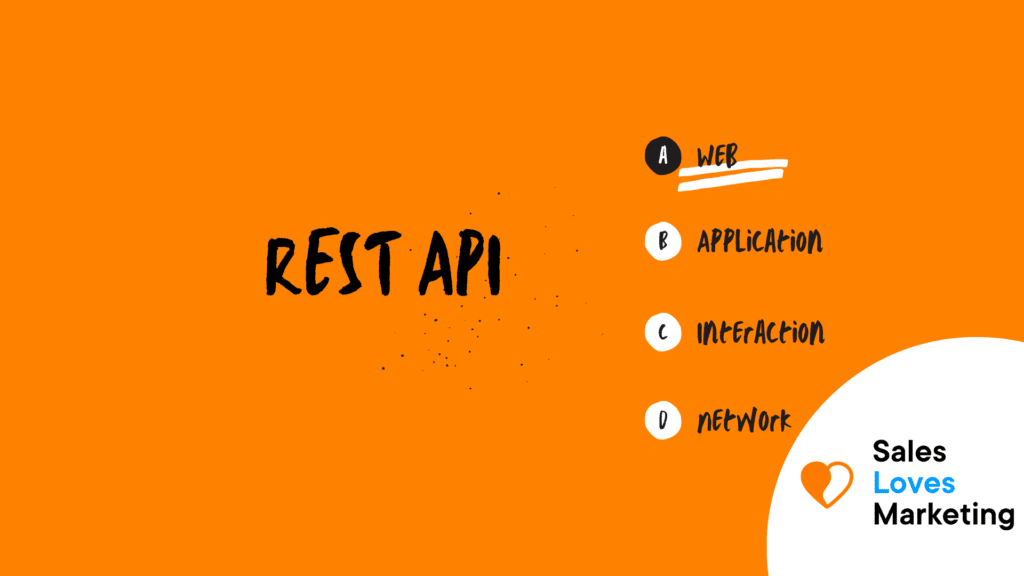What is REST API?
A rest API (it might also be known as restful API) is a programming interface app (API or web API) that conforms to the constraints of rest architectural style and allows for interaction with restful web services. Rest stands for representational state transfer and was created by computer scientist Roy Fielding.
Why use Rest API?
The REST API creates an object and, after that, sends the values of an object in response to the client. It breaks down a transaction to create small modules. Now, each of these modules is used to address a specific part of the transaction.
This approach provides more flexibility but requires a lot of effort to be built from very scratch.
If that’s not enough, there are even more reasons why Rest API should be used, and most of these reasons are why it is so popular nowadays:
- The separation between the client and the server: the REST protocol totally separates the user interface from the server and the data storage. This has some advantages when making developments.
For example, it improves the portability of the interface to other types of platforms; it increases the projects’ scalability and allows the different components of the developments to be evolved independently.
- Visibility, reliability, and scalability. The separation between client and server has one evident advantage, and that is that each development team can scale the product without too much problem.
They can migrate to other servers or make all kinds of changes in the database, provided the data from each request is sent correctly. The separation makes it easier to have the front and the back on different servers, making the apps more flexible to work with.
- The REST API is always independent of the type of platform or languages: the REST API always adapts to the type of syntax or platforms being used, which gives considerable freedom when changing or testing new environments within the development.
With a REST API, you can have PHP, Java, Python, or Node.js servers. The only thing is that it is indispensable that the requests’ responses should always take place in the language used for the information exchange, normally XML or JSON.
What are the components of Rest API?
A REST API message contains these components:
- Resource Path: The path to the resource (object) to be acted upon. The ID of the resource must be provided in the path.
- HTTP Verb: The verb defines the action to take regarding the resource depending on the type of verb used, like POST, GET, PUT and DELETE.
- Body: A POST or PUT request has a body. A GET request has nobody. REST uses JSON (JavaScript Object Notation) as its content format.
- Header: The header collects fields and their associated values that provide information about the message to the receiver. Think of it as metadata about the message. The header also contains authentication information that tells CyberSource that the message is legitimate.
